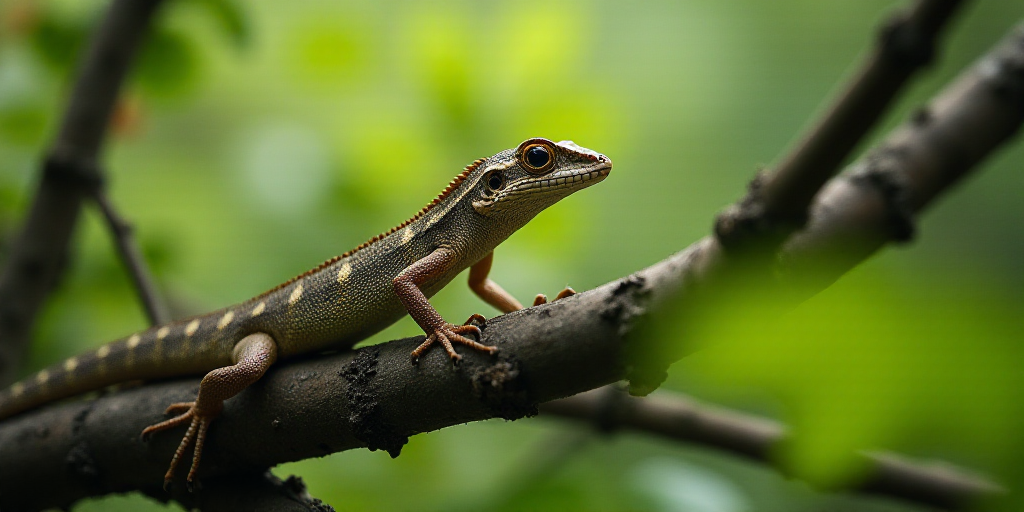Axolotl Census Highlights Critical Conservation Status
A recent census in the wetlands of Xochimilco, the sole habitat of the axolotl, has yielded concerning yet hopeful results. Traditional fishing methods failed to capture any axolotls, but environmental DNA (eDNA) analysis confirmed the emblematic Mexican species’ survival in the canals. This finding underscores the urgent need to restore its habitat to prevent definitive extinction.
Innovative eDNA Technology Confirms Axolotl Presence
The initial phase of the census, conducted from September 2024 to February 2025, did not yield any axolotls through traditional netting methods. However, researchers employed an innovative technique: eDNA analysis. This method detects genetic traces in water, confirming the species’ presence even if it’s not visible.
“The results confirm our fears: habitat disruption is pushing the axolotl to the brink of extinction,” explained Dr. Luis Zambrano, director of the Ecological Restoration Laboratory at UNAM. “However, finding traces of axolotls gives us hope to continue restoration efforts.”
The eDNA samples revealed axolotls only in canals away from urban activity, where water quality is good and native fish and crustaceans still thrive, according to Dr. Esther Quintero, technical director of Conservation International Mexico.
Chinampa-Refugio Model: A Tangible Solution
“We know that ‘the axolotl’s survival depends on habitat restoration,'” Quintero stated. “The chinampa-refugio project has emerged as one of the most effective solutions. This model, developed by UNAM and supported by Conservation International, combines scientific knowledge with the ancestral agricultural techniques of chinamperos.”
The chinampa-refugio system creates secure havens for axolotls. Biofilters made of wood, stones, and native plants are built at canal entrances to improve water quality and prevent invasive predators.
“We cannot save the axolotl without recovering its habitat,” Quintero confirmed. “This means collaborating with those who live and work in these wetlands. Restoring Xochimilco also reflects on how we live in cities and the space we leave for nature.”
The project currently has 21 chinampa-refugio sites in operation, improving conditions not only for the axolotl but also for native species and local community life. “Participating chinamperos receive a label for their products, creating a value chain that benefits both people and the ecosystem. This is why projects like these should continue and be supported.”
Next Steps in Axolotl Conservation
Researchers aim to complete the census in a second phase, starting September 2025 and extending until February 2026. Final results will guide and scale restoration efforts.
Preserving the axolotl extends beyond its charisma, as it’s a keystone species that regulates the wetland ecosystem. “Its health directly indicates Xochimilco’s health, a vital biodiversity location and natural regulator of Mexico City, providing ecosystem services like flood control and improved climate.”
The census clearly states: the axolotl hasn’t vanished but urgently needs collective action and sustained investment to avoid definitive extinction, concluded the specialist.
Census Methodology for First Phase
- 115 monitoring points were studied across 2,522 hectares of the protected area.
- 115 netting attempts were conducted.
- 53 eDNA samples were taken: 10 within sanctuary areas and 43 outside, at 400-meter intervals.
- Samples were analyzed at the UNAM’s Environmental DNA Laboratory.
- eDNA analysis was based on previous work by University College London in collaboration with UNAM, which found axolotl traces within sanctuaries, proving their survival in these sites.






